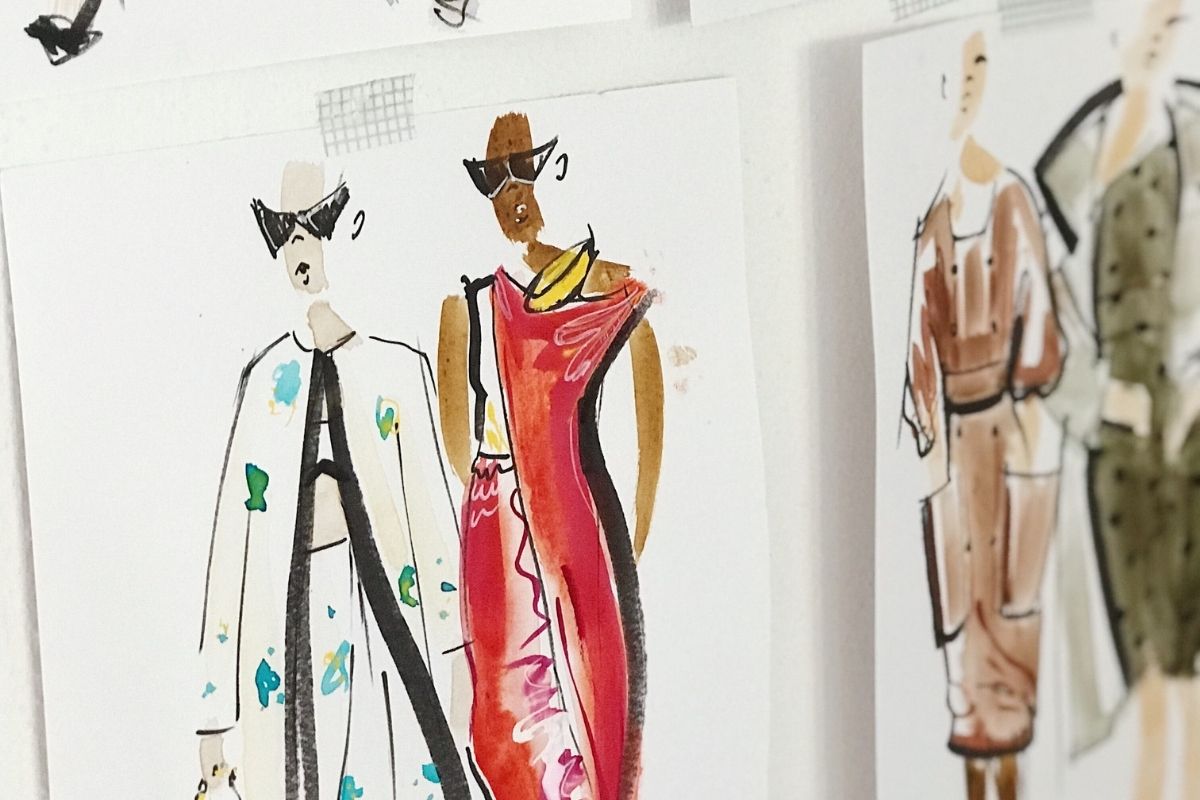Retail Overview: History of Retail Stores
When it comes to retail, it’s really important to understand its history.
The birth of the modern fashion idea started with Charles Frederick Worth in the late 1800s. The idea of retail started to develop, especially at the turn of the century, by folks like Selfridges and Macy’s.
Here’s why: All the way up until that point, you always went to a tailor or a dressmaker to have something made specific to you. Macy’s and Selfridges had to figure out how to get people into a store to buy mass-produced clothes.
Why on earth would you want to go buy something mass-produced, when even if you were not that wealthy, you could have your mother create something that fits you perfectly?
So, at the very beginning, Macy’s and Selfridges had to figure out how to get people into the store. It had to be about more than the product. It had to be about the service and the experience. Hence, customer experience.
If you’ve ever watched any of the films about Macy’s or Selfridges or read any of the books, you’d know they were the ones that created things like the perfume counters on the bottom floor. Why? Because when you spray smells, people react to them. Consequently, they’re gonna stay longer. It’s also going to get people to come in.
Nowadays, that might look like a DJ or an influencer coming in to talk/meet fans. Back then, it was Charles Lindbergh who showed up at the Selfridges in London after his transatlantic flight.
In short, retail isn’t just about a transaction. It’s so much more than that. Hence, there are a lot of moving pieces in retail.


